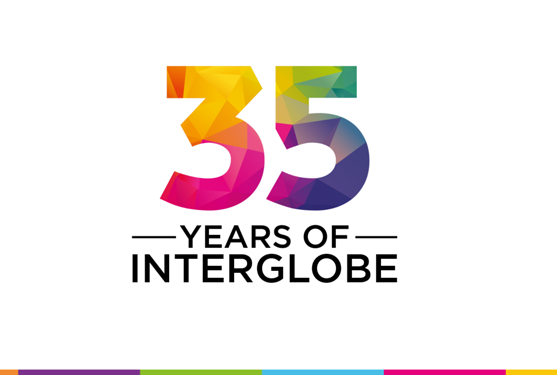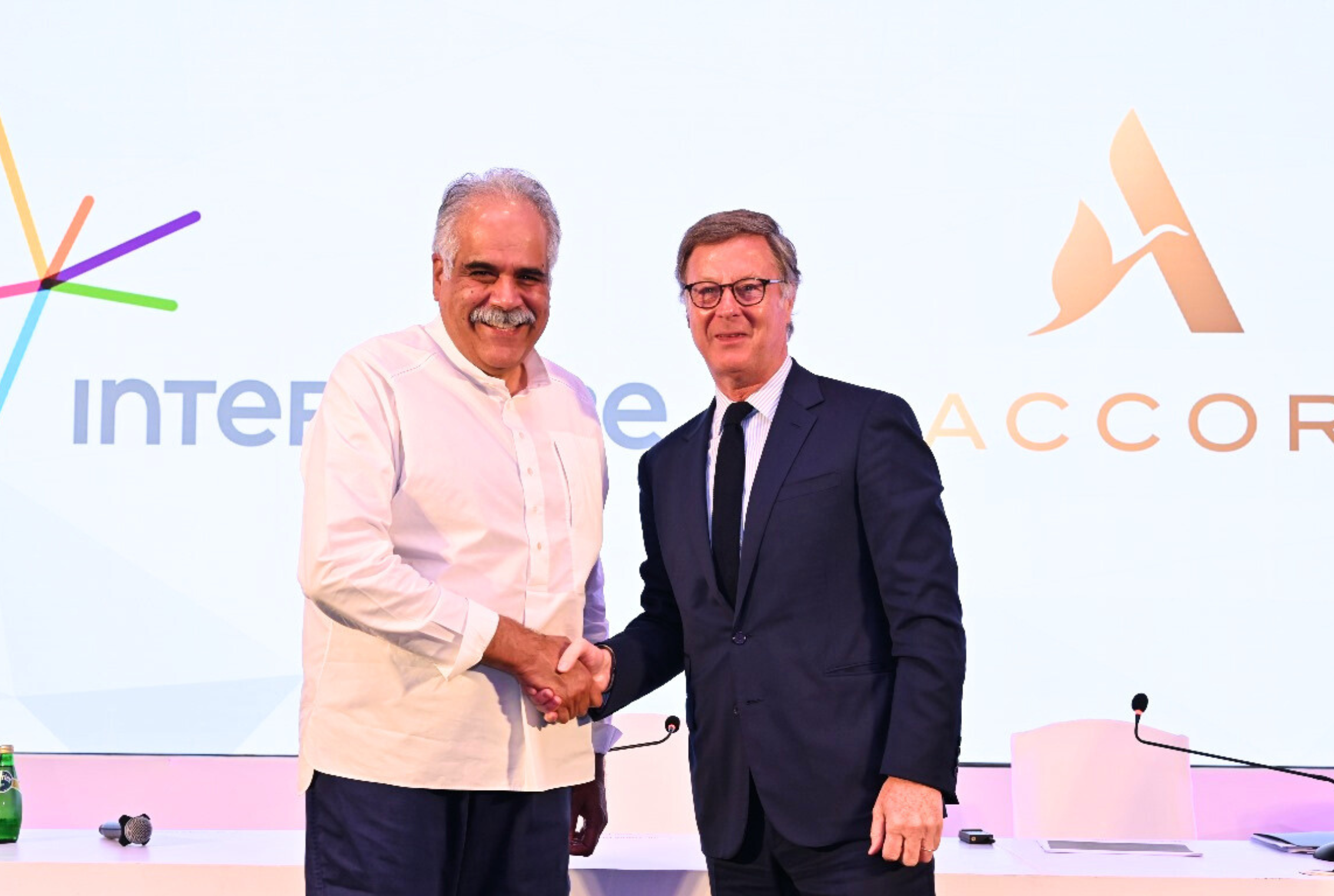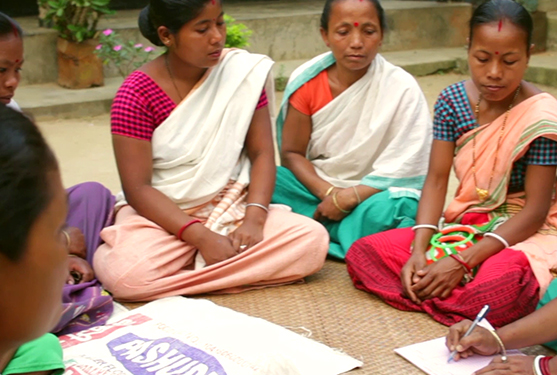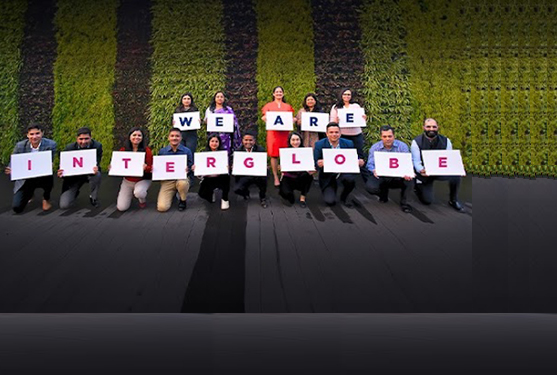

Abdur Rahim Khan-I-Khanan’s Mausoleum: Cultural Revival
To restore the unabridged legacy of Rahim, the restoration efforts are coupled with the cultural revival of Rahim’s work which focuses on research, documentation and dissemination of this knowledge through publications, films, music and a permanent on-site exhibit. All of this is an attempt to capture the manifold attributes of his role as a patron of art and literature, to help in an overall understanding of his life and achievements.
In March 2017, a three-day festival, “Celebrating Rahim”, was organised to celebrate his contribution through conferences, concerts, exhibitions and a visit to the site to revive an interest in Rahim’s legacy. A month-long exhibition on a thematic representation of Rahim’s life and works with narratives and images was displayed in concurrence with the festival. An estimated 80,000 people visited the exhibition.
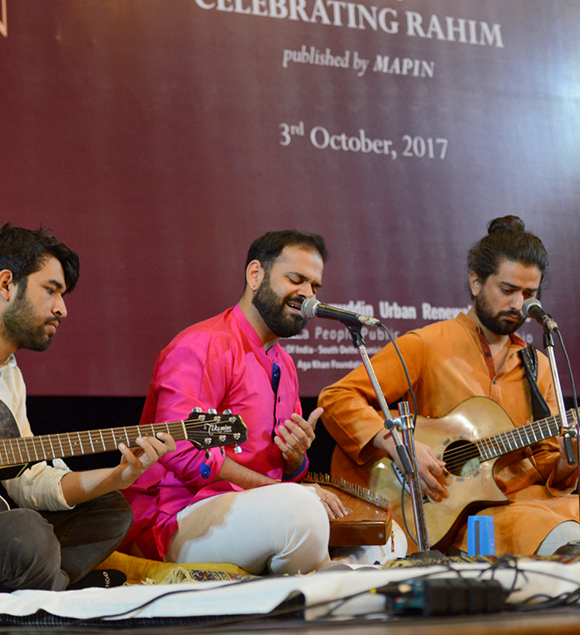
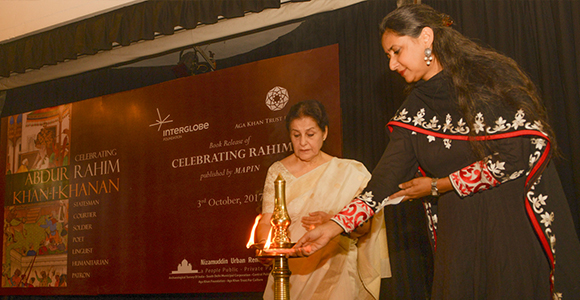
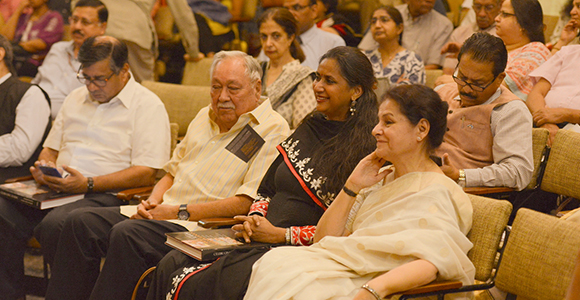
On 3rd October 2017, “Celebrating Rahim”, a book depicting the life and legacy of Rahim was launched as part of the cultural revival project. This book is a collection of essays depicting the many attributes of Rahim in the words of distinguished national and international scholars. Offering a biographical perspective, it tries to capture Rahim as a statesman and a patron, his revival in modern India, his literary works and a lot more. Several charming references, anecdotes and examples from Rahim’s life and his poetry throughout the book help comprehend the making of Rahim as a legend in the world of poetry. More than a hundred archival images and paintings from the Mughal era were identified from different museums to illustrate the life, both in career and literary context, of Abdur Rahim Khan-i-Khanan, through this volume. The accompanying music DVD contains a remarkable selection of Rahim’s verses, set to music with ragas and vernacular symphonies, performed for the first time by select folk and classical artists.
The Aga Khan Trust for Culture has beautifully weaved the conservation project of Abdur Rahim’s tomb along with the environment and socio-economic development programs in the neighbouring basti. Efforts have been taken to improve the quality of lives of the nearby communities of craftsmen through ecological restoration, urban improvement, education, vocational training, community health, water and sanitation, housing improvement, early childhood care and development.
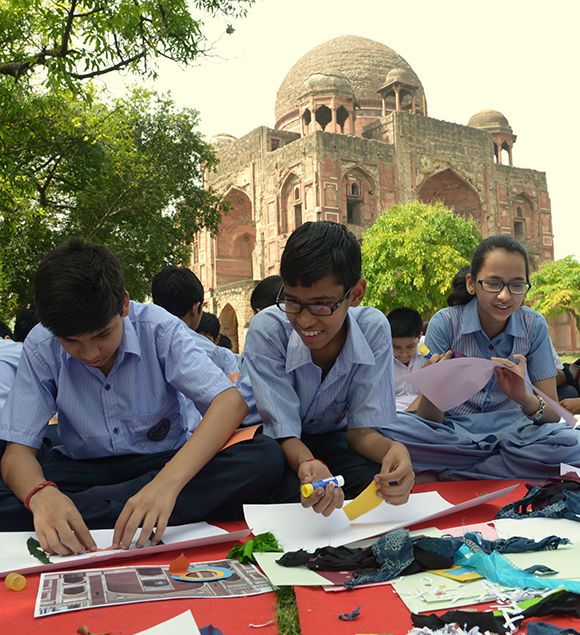
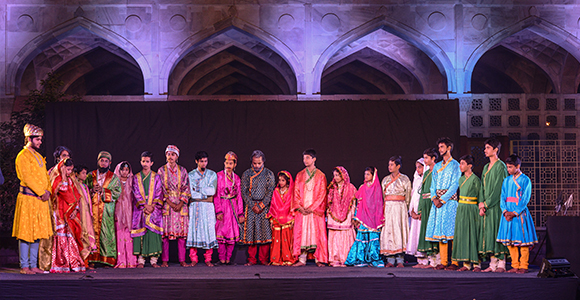
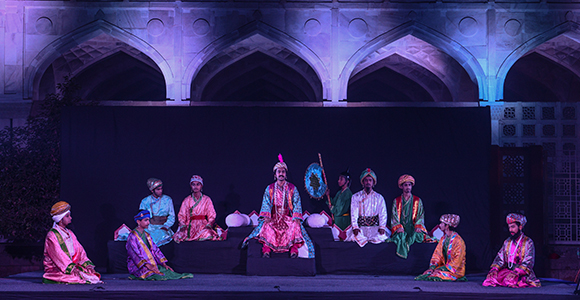
The project has utilised more than 2,50,000 man-days for the complete conservation and landscaping work, generating a huge scope of employment for the master craftsmen of our country.

to portrait mode for better viewing


